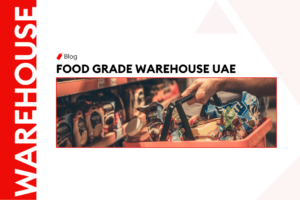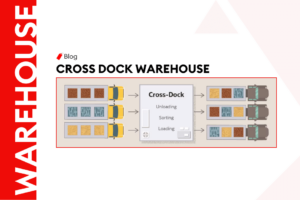Home » Services » Door to Door » IMEA » Angola
Empowering UAE-Angola Trade with Efficient, Seamless, and Strategic Logistics Solutions
UAE - Angola
Overview
Discover comprehensive insights into UAE-Angola trade infrastructure, featuring detailed information about major airports and seaports facilitating robust cargo operations.
Airport Details
Here are the key airports in Angola that facilitate cargo operations:
- Quatro de Fevereiro International Airport
Airport Code: LAD
Cargo Handling Capacity: 130,000 tons cargo terminal
Note: Offers modern cargo facilities, including refrigerated storage and rapid customs clearance.
- Lubango Mukanka Airport
Airport Code: SDD
Note: Equipped for general cargo, with facilities supporting safe handling and storage.
- Catumbela Airport
Airport Code: CBT
Note: Features warehousing facilities and direct connectivity to major trade routes within Angola.
Sea Port Deatails
Below are Angola’s major seaports that support cargo operations:
- Port of Luanda
Location: Luanda
Port Code: AOLAD
Number of Berths: 10
Cargo Handling Capacity: 14 million tons/year
Note: Strategically located, offering extensive warehousing facilities and efficient container handling services.
- Port of Lobito
Location: Lobito
Port Code: AOLOB
Number of Berths: 2
Cargo Handling Capacity: 600,000 tonnes/year
Note: A key transshipment hub with state-of-the-art storage facilities, connected to the Benguela railway for inland logistics.
- Port of Namibe
Location: Namibe
Port Code: AOMSZ
Number of Berths: 1
Note: Ideal for bulk cargo handling, with dedicated facilities for minerals and industrial goods.
Frequently Asked Questions (FAQ)
What are the main legal requirements for importing goods into Angola from the UAE?
Importers must submit key documents like Commercial Invoices, Certificates of Origin, and Customs Declaration Forms. They must comply with customs regulations, paying duties and VAT, and ensure products meet Angolan standards for packaging and labeling, especially in Portuguese for specific items.
How can I ensure my goods meet the export compliance requirements of both Angola and the UAE?
Exporters need to secure necessary licenses, especially for regulated items, ensure accurate customs declarations, meet safety and quality inspections, adhere to packaging standards, and maintain comprehensive documentation including Certificates of Origin and Export Licenses.
What are the options available for reducing shipping costs between the UAE and Angola?
Options for reducing shipping costs between the UAE and Angola include Optimize shipping methods based on volume and urgency, consolidate shipments to save costs, negotiate better freight rates with carriers, and select efficient shipping routes to reduce transit times and expenses.
Are there any specific procedures or regulations for transiting goods through third countries when shipping between the UAE and Angola?
Yes, it includes the following steps: Secure all necessary transit permits, ensure compliance with customs regulations in transit countries, properly label goods as "in transit" to avoid extra tariffs, and use robust packaging to protect goods during transit.
What are the typical payment terms for trade between the UAE and Angola, and how can they be negotiated to benefit both parties?
Common terms include 30–60-day credit periods, with options for partial advance payments for new clients. Letters of Credit are commonly used for security in transactions, and terms can be negotiated based on the trade relationship, volume, and reliability. Engaging financial experts can help structure favourable terms for international dealings.
Related Articles
Anything you need, We’re here to Help

Chat With Us
Effortlessly schedule your next shipment with us for reliable and timely delivery.

Request a Quote
Receive a personalized shipping quote that meets your specific logistic needs.









